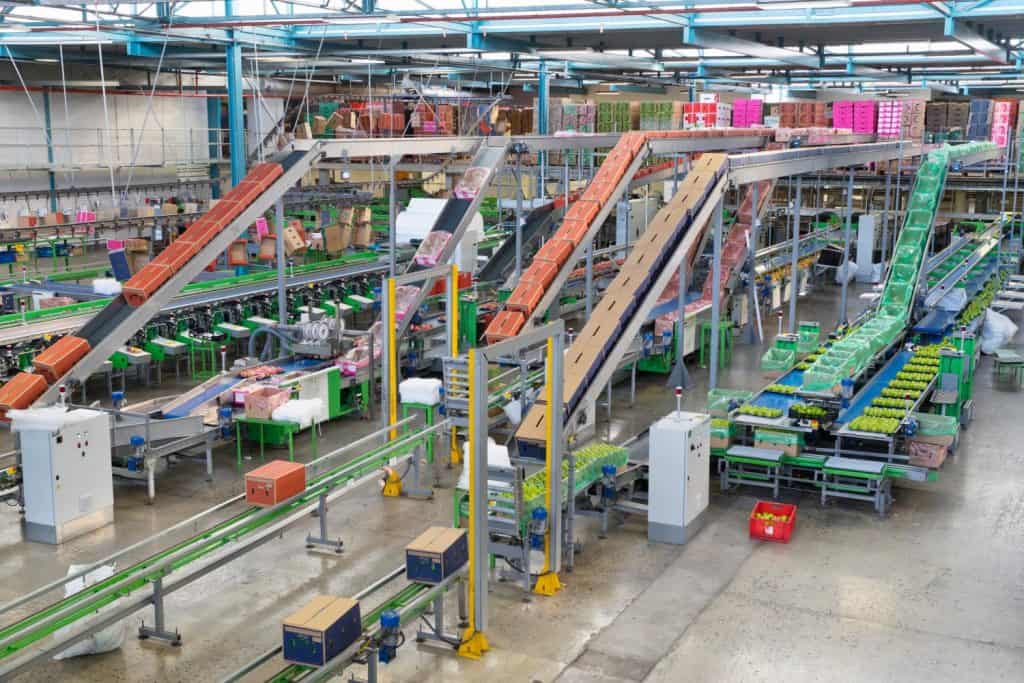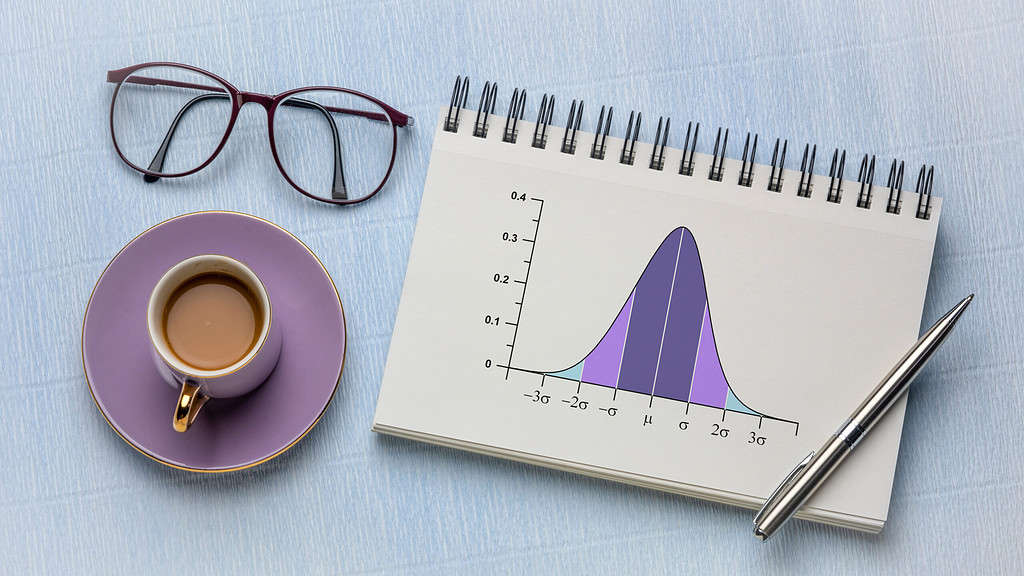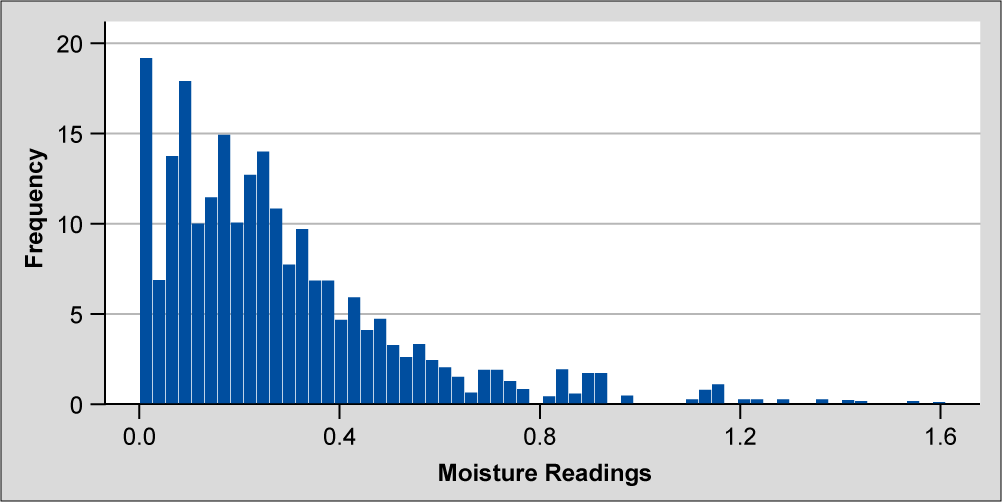Tag: standard deviation

Coefficient of Variation: Understanding the Differences in Your Data
Published:You know variation in your process is not a good thing. It negatively impacts predictability and planning. Let’s learn about an easy way to measure variation so you can better understand your process.
Read more »
Pooled Standard Deviation: How Do You Calculate It?
Published:How do you calculate the overall standard deviation of multiple groups or samples? You can’t just add them up and divide by the number of groups, like you do with averages. Let’s see how we can do it correctly.
Read more »
Understanding Process Sigma Level: Level Up Your Process Quality
Published:Six Sigma is a data-driven approach to quality, aimed at reducing variation and the associated defects, wastes, and risks in any process. This article explores the basics of Six Sigma process quality – definition and measurement. Defining Standard Deviation In a set of data, mean (μ) and standard deviation (σ) are defined as: μ = […]
Read more »
Natural Tolerances: Expecting the Drift
Updated:The economical method of setting the control limits of a process to a specific level is known as natural tolerance. Natural tolerances work well for typical desired levels of control and are useful for reviewing the practicality of the specification limits.
Read more »
A Study of Estimates of Sigma in Small Sample Sizes
Updated:This paper looks at some of the methods of estimating standard deviation (which I will usually refer to as ‘sigma’). Additionally, I propose a new formula for estimating sigma for small sample sizes and also present a means to mathematically evaluate these competing estimates of sigma. The question was posed to me: “I have five […]
Read more »
Getting the Most out of a Capability Analysis
Published:The process capability indices Pp and Cp describe how closely a process can operate within its specification limits. Many articles describe the difference between Pp and Cp simply: one is short term, one is long term. Moving beyond such a description, this article focuses on the untapped power of capability analysis and shows you how […]
Read more »
Calculating Call Center Interarrival and Service Times
Published:Two Six Sigma professionals recently posed questions in the iSixSigma Discussion Forum relating to queuing theory in a call center. One reader wanted to know how to calculate average and standard deviation for service time and interarrival time – the amount of time between the arrival of one customer and the arrival of the next. […]
Read more »
Variation – The Root of All Process Evil
Published:As a customer, the worst experience I can imagine is being a casualty of process variation. ‘It doesn’t seem that bad,’ you may be thinking to yourself. Just remember back to the last time you: Went grocery shopping only to select the slowest teller in the store. Received a haircut that was shorter or longer […]
Read more »
Estimation Method Helps Analysis of Truncated Data Sets
Published:A data set with a physical limit – such as time, which has a lower bound of zero – often cannot be transformed using the usual tools for non-normal data. To determine process capability and perform further statistical analysis, use the standard deviation calculated as if the data were not truncated, along with a correction factor.
Read more »